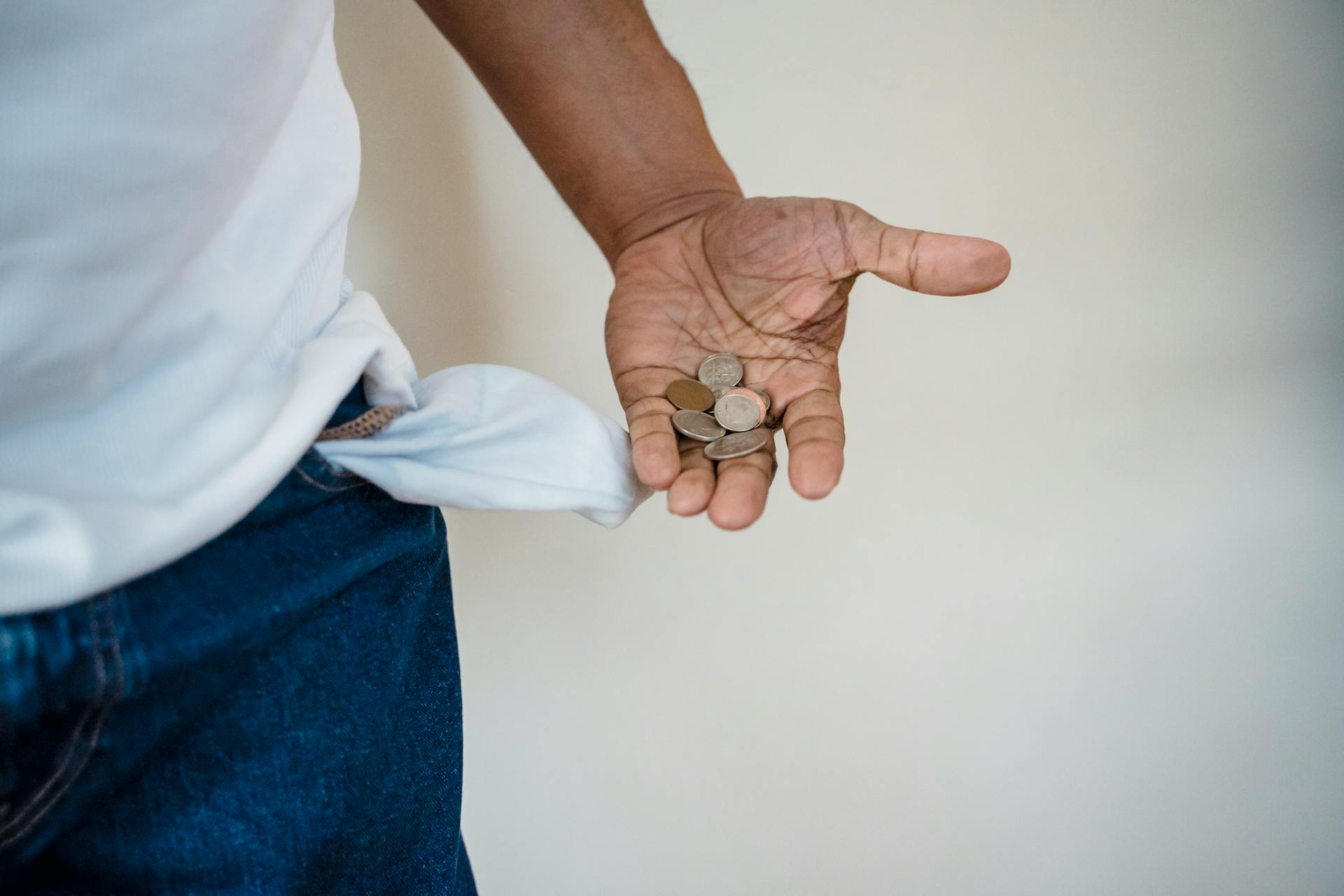For those in overwhelming amounts of debt, bankruptcy can provide much-needed relief, though it is not without consequences. As such, you may feel as though a weight has lifted from your shoulders when you file Chapter 13. Unfortunately, however, this may not last, as you may be unable to fulfil the requirements of this process due to circumstances out of your control. If this is the case, you may be eligible for a hardship discharge. If you are unsure what this is or how it can benefit you, you’ll want to keep reading. In addition, you’ll learn the importance of working with Columbus Chapter 13 bankruptcy lawyers to help you through these difficult times.
What Happens During Chapter 13 Bankruptcy?
During a Chapter 13 bankruptcy, you will be placed on a repayment plan that will last three to five years. Essentially, this plan reorganizes your debts into a lump sum that you will make a singular monthly payment to. You will give the funds to the trustee assigned to your case, who, in turn, disperses the funds to creditors based on their repayment priority. At the end of your repayment plan, all eligible remaining debts will be discharged. This means you are no longer legally responsible for making payments to the creditor for these debts.
This differs greatly from a Chapter 7 filing, which requires the liquidation of your assets by the trustee assigned to your case. Once all eligible assets have been seized and sold, the remaining eligible debts can be discharged. In contrast to the three to five-year repayment plan of Chapter 13, Chapter 7 generally only takes six months. However, you must be eligible to pursue this option, which generally includes making less than the average annual income for households of your size in Ohio.
What Is a Hardship Discharge and How Does It Work?
Unfortunately, when you file for Chapter 13, you can’t always predict the future. As such, you may not anticipate falling into an even worse financial situation while your Chapter 13 case is ongoing. However, this can unfortunately happen. If this occurs, you may be able to apply for a hardship discharge, in which you will essentially ask the court to end your repayment plan early due to the unforeseen circumstances that inhibit your ability to make payments.
However, in order to prove that you are experiencing hardship, you must be able to prove three different elements. These include the following:
- A change in circumstances beyond your control: Typically, this refers to any change you experience in your finances that prevents you from working. For example, you may sustain an injury that leaves you permanently unable to work, which can warrant discharging your case.
- Adequate repayment: You can generally qualify for a hardship discharge so long as your creditors have received at least as much money as they would have had you file for Chapter 7.
- Unable to have payment plan modified: In some instances, you may be able to modify your repayment plan to help ease the burden. However, if no form of modification would help, you may be eligible for a discharge.
If you can show that you are eligible, the courts can grant you a discharge. However, you should note that some debts, like child support, alimony, and federal taxes, are generally not eligible for discharge.
When you are in the midst of a Chapter 13 filing, understanding your options is critical. As such, it’s in your best interest to connect with an experienced attorney with Cousino & Weinzimmer LLC to explore your legal options during these difficult times. Our firm understands how complicated these matters can be to navigate, which is why we are ready to represent you. Contact us today to learn more.




